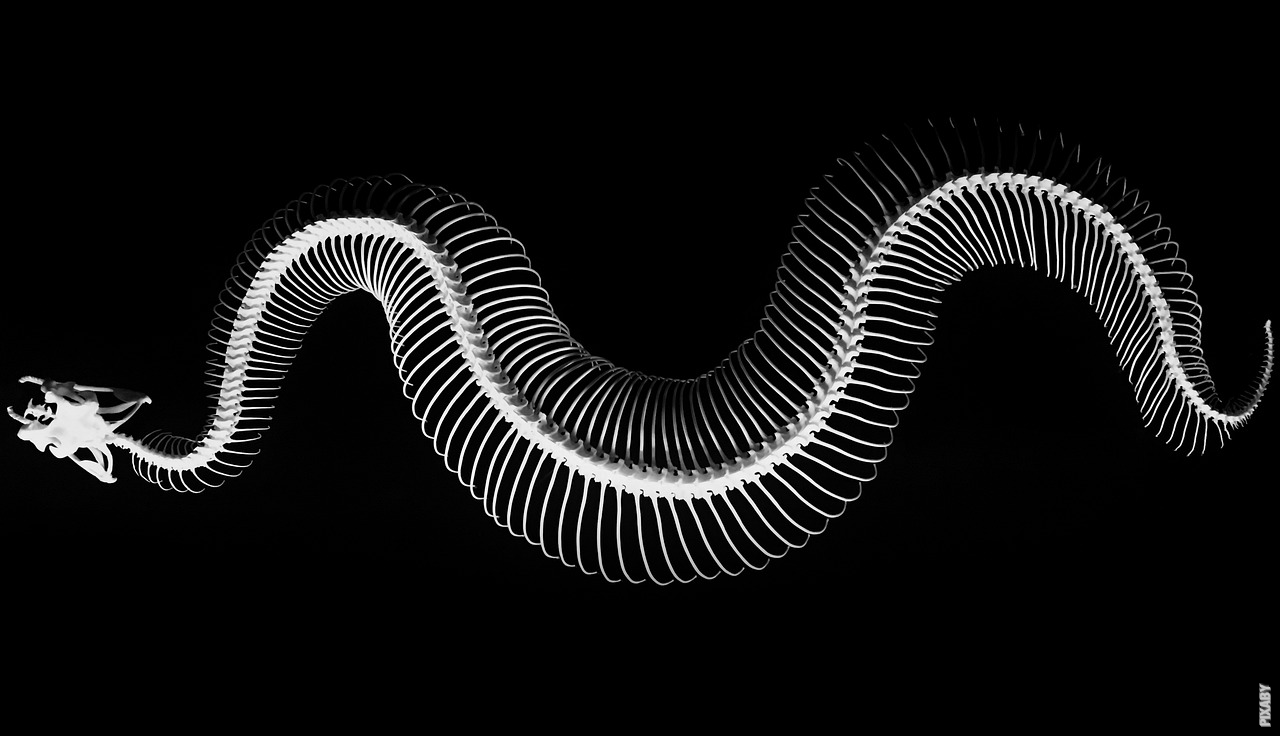The Fascinating Anatomy of Snakes
Snakes have long been the subject of curiosity and fear. These legless reptiles are known for their unique ability to slither and their venomous bites. But have you ever wondered if snakes have bones? In this article, we will explore the intriguing anatomy of snakes and unveil the truth behind their skeletal structure.
Unveiling the Myth
It is a common misconception that snakes do not possess any bones. However, this couldn’t be further from the truth. Snakes, like all vertebrates, have a skeletal system that provides support, protection, and allows movement.
Snake Skeleton 101
The skeletal structure of snakes is characterized by its flexibility and lightweight design. Unlike mammals, which have rigid skeletons composed of numerous bones, snakes have a more simplified structure. Their backbone consists of vertebrae, similar to those found in humans, but elongated and highly flexible.
The Power of Adaptation
Snakes have evolved over millions of years to thrive in various environments, and their skeletal system reflects their adaptability. The elongated shape of their vertebrae allows them to move with agility, making them excellent climbers and swimmers.
Function and Purpose
While snakes do have bones, they lack certain skeletal elements that are present in other animals. For instance, snakes do not possess limbs or a sternum. The absence of limbs allows for a more streamlined body shape, enabling them to squeeze into narrow spaces and hunt with precision.
Post
Post
A Look Inside
Inside a snake’s body, you will find a fascinating array of bones. Along with the backbone, snakes have ribs that provide support to their internal organs. These ribs are not directly attached to the breastbone, as in humans, but instead are connected to the muscles, allowing for greater flexibility.
Adventures in Shedding
One of the most remarkable features of snakes is their ability to shed their skin. This process, known as molting, allows them to grow and replace damaged skin. During molting, snakes shed not only their outer layer but also the delicate bones found in their mouths. This regeneration ensures that their skeletal system remains healthy and functional.
Intriguing Diversity
With over 3,000 species of snakes worldwide, there is a remarkable diversity in their skeletal adaptations. Some species have enlarged vertebrae, which provide additional stability and strength, while others have specialized structures to assist in capturing and consuming prey.
Awe-Inspiring Snakes
Snakes continue to captivate our imaginations with their unique biology and adaptations. While they may not have the same skeletal structure as mammals or other animals, their bones play a crucial role in their survival and locomotion. The next time you encounter a snake, remember the incredible complexity hidden beneath its scaly exterior.
In conclusion, snakes do indeed have bones. Their skeletal system, although different from mammals, is a marvel of evolutionary design. The flexibility and adaptability of their vertebrae allow them to move with grace and precision. So, the next time you come across a snake, appreciate the intricate framework that supports its slithering form.



